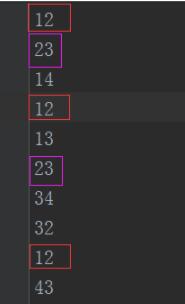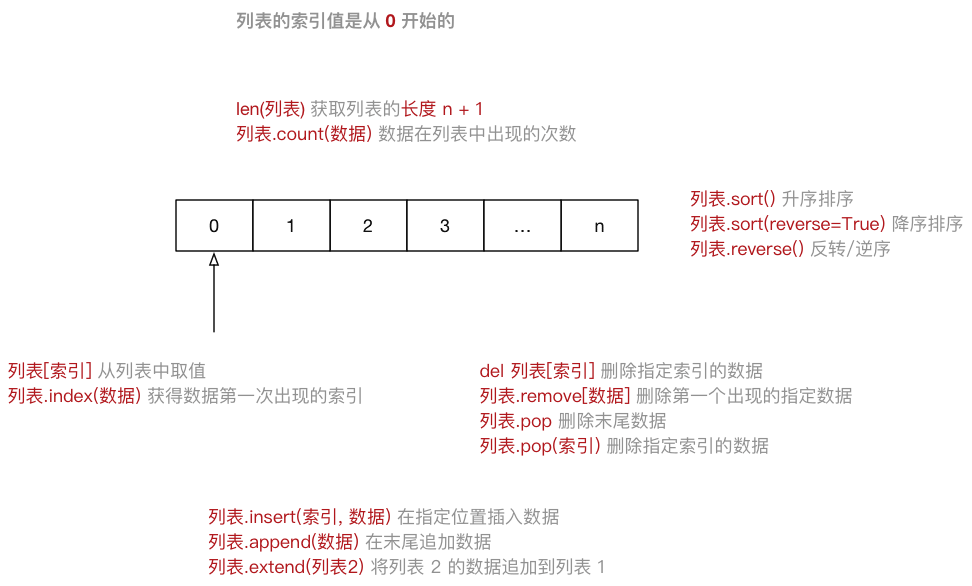python dlib人脸识别代码实例
本文实例为大家分享了python dlib人脸识别的具体代码,供大家参考,具体内容如下
import matplotlib.pyplot as plt
import dlib
import numpy as np
import glob
import re
#正脸检测器
detector=dlib.get_frontal_face_detector()
#脸部关键形态检测器
sp=dlib.shape_predictor(r"D:\LB\JAVASCRIPT\shape_predictor_68_face_landmarks.dat")
#人脸识别模型
facerec = dlib.face_recognition_model_v1(r"D:\LB\JAVASCRIPT\dlib_face_recognition_resnet_model_v1.dat")
#候选人脸部描述向量集
descriptors=[]
photo_locations=[]
for photo in glob.glob(r'D:\LB\JAVASCRIPT\faces\*.jpg'):
photo_locations.append(photo)
img=plt.imread(photo)
img=np.array(img)
#开始检测人脸
dets=detector(img,1)
for k,d in enumerate(dets):
#检测每张照片中人脸的特征
shape=sp(img,d)
face_descriptor=facerec.compute_face_descriptor(img,shape)
v=np.array(face_descriptor)
descriptors.append(v)
#输入的待识别的人脸处理方法相同
img=plt.imread(r'D:\test_photo10.jpg')
img=np.array(img)
dets=detector(img,1)
#计算输入人脸和已有人脸之间的差异程度(比如用欧式距离来衡量)
differences=[]
for k,d in enumerate(dets):
shape=sp(img,d)
face_descriptor=facerec.compute_face_descriptor(img,shape)
d_test=np.array(face_descriptor)
#计算输入人脸和所有已有人脸描述向量的欧氏距离
for i in descriptors:
distance=np.linalg.norm(i-d_test)
differences.append(distance)
#按欧式距离排序 欧式距离最小的就是匹配的人脸
candidate_count=len(photo_locations)
candidates_dict=dict(zip(photo_locations,differences))
candidates_dict_sorted=sorted(candidates_dict.items(),key=lambda x:x[1])
#matplotlib要正确显示中文需要设置
plt.rcParams['font.family'] = ['sans-serif']
plt.rcParams['font.sans-serif'] = ['SimHei']
plt.rcParams['figure.figsize'] = (20.0, 70.0)
ax=plt.subplot(candidate_count+1,4,1)
ax.set_title("输入的人脸")
ax.imshow(img)
for i,(photo,distance) in enumerate(candidates_dict_sorted):
img=plt.imread(photo)
face_name=""
photo_name=re.search(r'([^\\]*)\.jpg$',photo)
if photo_name:
face_name=photo_name[1]
ax=plt.subplot(candidate_count+1,4,i+2)
ax.set_xticks([])
ax.set_yticks([])
ax.spines['top'].set_visible(False)
ax.spines['right'].set_visible(False)
ax.spines['bottom'].set_visible(False)
ax.spines['left'].set_visible(False)
if i==0:
ax.set_title("最匹配的人脸\n\n"+face_name+"\n\n差异度:"+str(distance))
else:
ax.set_title(face_name+"\n\n差异度:"+str(distance))
ax.imshow(img)
plt.show()

以上所述是小编给大家介绍的python dlib人脸识别详解整合,希望对大家有所帮助,如果大家有任何疑问请给我留言,小编会及时回复大家的。在此也非常感谢大家对【听图阁-专注于Python设计】网站的支持!

